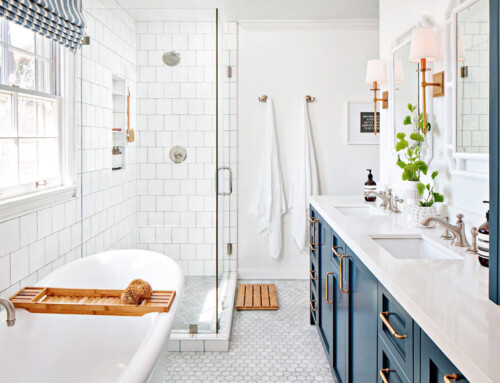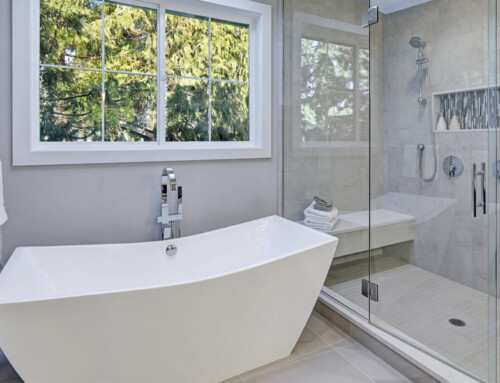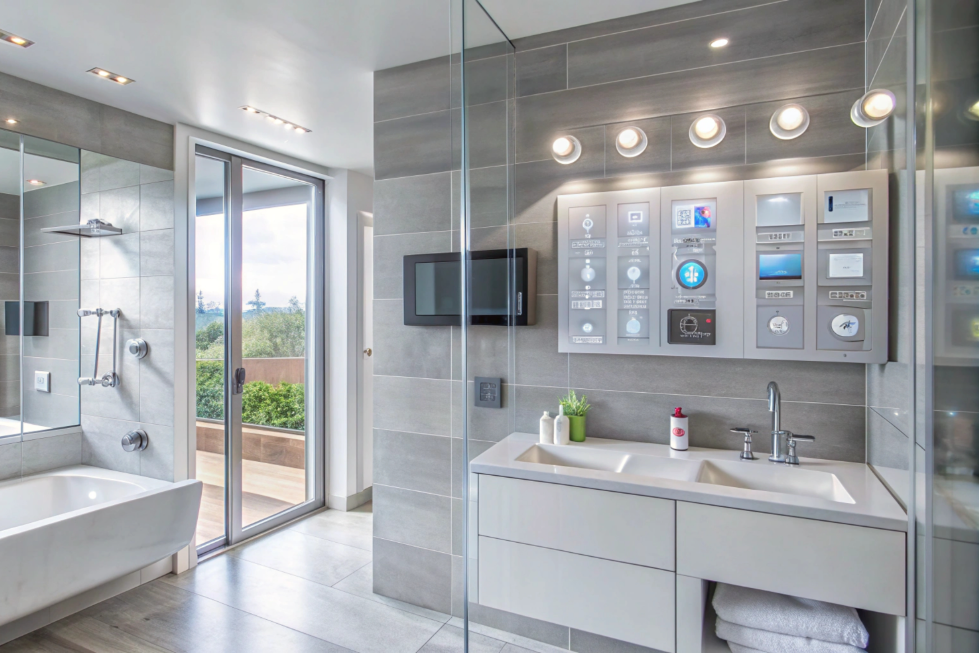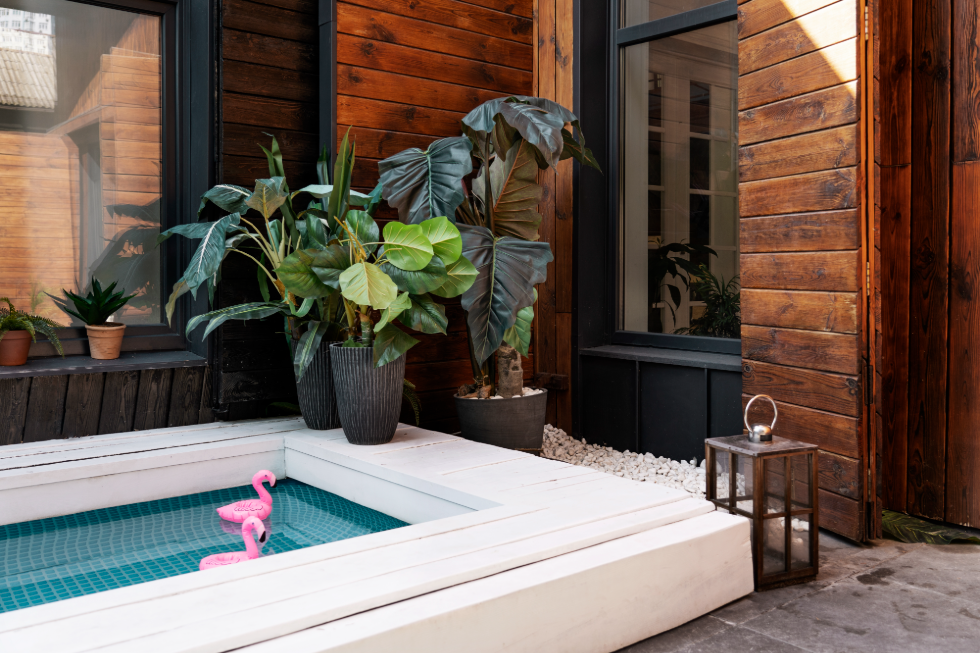Let’s face it: cleaning the bathroom is rarely anyone’s idea of a good time. But whether we like it or not, it’s a chore that needs to be done regularly to keep the space fresh, hygienic, and looking its best. Lucky for you, we’ve gathered the ultimate list of bathroom cleaning tips and tricks that will make this job quicker, easier, and maybe even a little fun! From finding the best bathroom cleaner to knowing how often you should clean, we’ve got you covered. So, grab your rubber gloves and a good playlist—let’s dive into the world of bathroom cleaning!
How Often Should a Bathroom Be Cleaned? The Golden Rule
Before we get into the nitty-gritty of bathroom cleaning tips, let’s tackle the most frequently asked question: how often should a bathroom be cleaned? The answer is, it depends! But here’s a general rule of thumb: a thorough deep clean once a week is ideal for keeping your bathroom in top shape. Of course, certain areas like the toilet, sink, and shower may need a quick touch-up more frequently, especially if you have a busy household.
Daily tasks like wiping down surfaces, hanging towels to dry, and rinsing the shower walls can help keep things tidy between those weekly deep cleans. And don’t forget to regularly clean your bathroom floor to keep it free of hair, dust, and whatever else might be lurking down there. The key is consistency—small daily efforts can make your weekly cleaning routine a breeze!
Start with the Basics: Declutter and Organize
One of the best bathroom cleaning tips and tricks is to start with a clean slate—literally. Before you get to scrubbing, take a few minutes to declutter the counters, shelves, and any other surfaces. Put away beauty products, toiletries, and any other items that are cluttering up your space. Use drawer organizers, baskets, or clear bins to keep things tidy and easy to access.
By reducing clutter, you not only make cleaning easier but also give your bathroom a more organized and polished look. Plus, with fewer items on the counters, you’ll have fewer places for dust and grime to settle, making it easier to keep your bathroom looking spotless.
The Best Bathroom Cleaner: Finding Your Go-To Product
When it comes to finding the best bathroom cleaner, it’s important to know that one size does not fit all. Different surfaces require different cleaning solutions, so having a few key products on hand is essential. For general cleaning, a versatile all-purpose cleaner works wonders on counters, sinks, and tiles. Look for a product that cuts through grease and grime but is also gentle enough not to damage surfaces.
For toilets, you’ll want a strong disinfectant cleaner that tackles germs and stains effectively. Consider a gel-based cleaner that clings to the bowl, allowing it to work its magic longer. When it comes to glass and mirrors, a streak-free glass cleaner is your best friend. And don’t forget to grab a mild, non-abrasive cleaner for delicate surfaces like marble or granite—these materials need extra care to avoid damage. Ultimately, the best bathroom cleaner is one that suits your surfaces, handles your dirt and grime, and smells good enough to make you want to use it!
Shower Power: Tips for Keeping Your Shower Spotless
The shower can be one of the trickiest spots to clean, but it doesn’t have to be! One of the simplest tips for cleaning a bathroom is to make your shower scrub-down a routine part of your week. Start by spraying the shower walls and doors with a daily shower cleaner. This type of cleaner prevents soap scum and mildew buildup, making your weekly clean-up much easier.
For a deeper clean, use a bathroom-specific cleaner that targets hard water stains and soap scum. Apply it generously to the walls, tiles, and doors, then let it sit for a few minutes before scrubbing with a stiff-bristled brush. Don’t forget the showerhead—mineral deposits can clog the nozzles, reducing water pressure. Remove the showerhead and soak it in a vinegar solution to dissolve any buildup. A sparkling shower isn’t just more pleasant to use; it’s also a lot more satisfying to look at!
Conquer the Toilet: No Fear, Just Clean!
Ah, the dreaded toilet. Cleaning it may not be glamorous, but it’s definitely necessary. Start by applying a toilet bowl cleaner to the inside of the bowl, making sure to get under the rim where germs love to hide. Let it sit for a few minutes while you tackle other areas of the bathroom.
Next, grab a toilet brush and give the bowl a good scrub. Don’t forget to clean the toilet seat, lid, and handle with a disinfectant wipe or spray. Pro tip: keep a small basket of disposable wipes near the toilet for easy touch-ups during the week. Finally, give the outside of the toilet a quick wipe down to remove any dust or spills. And voilà—a toilet that’s as clean as it is necessary!
Shine Your Sink: Make It Sparkle
Your sink sees a lot of action, from morning routines to midnight tooth-brushing sessions, so it’s no surprise that it can get dirty fast. Start by clearing away any items around the sink area, and give the counter a good wipe down with an all-purpose cleaner.
To clean the sink itself, use a cleaner that can tackle both soap scum and toothpaste splatters. For an extra sparkle, sprinkle a little baking soda in the sink and scrub with a damp sponge. Rinse thoroughly with warm water and wipe dry with a microfiber cloth. Don’t forget to clean the faucet—use a vinegar solution to remove water spots and keep it gleaming. Finish by polishing with a dry cloth for that extra shine. Now, your sink is ready for whatever the day (or night) throws at it!
Mirror, Mirror, on the Wall: Keep It Streak-Free
Want a mirror that’s as clear as your morning coffee? Use a glass cleaner that’s specifically formulated to prevent streaks. Spray it directly onto the glass and use a microfiber cloth or a squeegee to wipe away smudges, fingerprints, and toothpaste splatters. Start from the top and work your way down in an S-pattern to avoid streaks.
Pro tip: For a natural cleaner, try a mixture of vinegar and water. It works wonders and is environmentally friendly! Remember, a clean mirror doesn’t just make your bathroom look brighter—it also makes getting ready a whole lot more enjoyable. No more squinting through smudges to perfect that hair or makeup!
Floors That Sparkle: Keeping Them Fresh Underfoot
Cleaning the bathroom floor can feel like the final hurdle in your cleaning marathon, but it’s worth the effort. Start by sweeping or vacuuming to pick up loose hair and dust bunnies—trust me, there will be more than you think! Then, mop the floors with a cleaner suitable for your floor type. For tile, a mild detergent and warm water will do the trick.
If you have grout lines, consider using a grout cleaner or a paste made of baking soda and water to tackle any stains. Apply the paste to the grout lines, let it sit for a few minutes, then scrub with a small brush. Rinse well and admire your handiwork. Clean floors not only look good but also help maintain a fresh-smelling bathroom.
Don’t Forget the Little Things: Vent Fans, Light Fixtures, and More
Remember those often-forgotten spots like the vent fan, light fixtures, and baseboards? Dust and grime love to hide here, so make sure to give them some attention too. Wipe down light fixtures with a damp cloth, and use a duster to remove cobwebs from the vent fan and corners. For baseboards, a quick wipe with an all-purpose cleaner will keep them looking sharp.
Finishing Touches: Fresh Towels, Scented Candles, and More
After all that hard work, it’s time to enjoy the fruits of your labor! Put out fresh, fluffy towels, add a few decorative touches like plants or candles, and give the room a quick spray with your favorite air freshener. There’s nothing quite like stepping into a bathroom that feels clean, fresh, and inviting.
Cleaning Doesn’t Have to Be a Chore
With these bathroom cleaning tips and tricks, you’ll find that keeping your bathroom clean and fresh is easier than ever. Remember, the best bathroom cleaner is one that suits your surfaces and your style. Clean a little each day, and tackle the big jobs weekly. Before you know it, you’ll have a bathroom that sparkles from floor to ceiling—and you might just start to enjoy the process, too.





